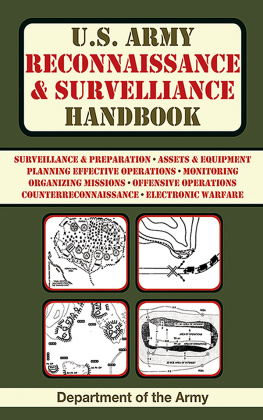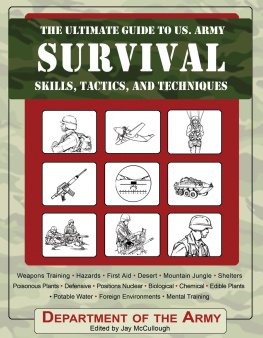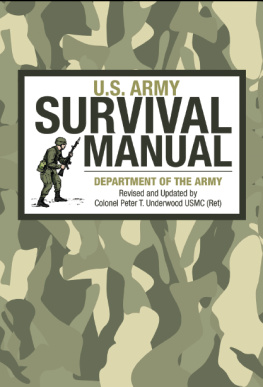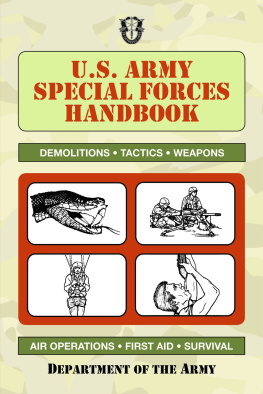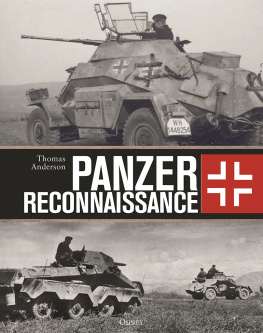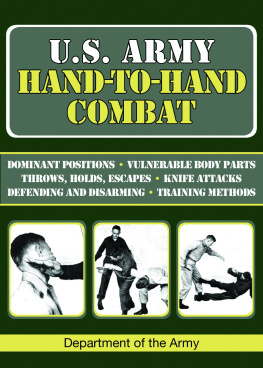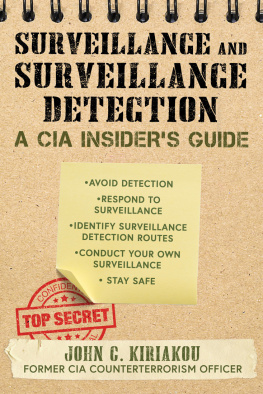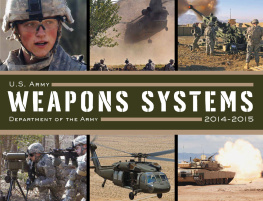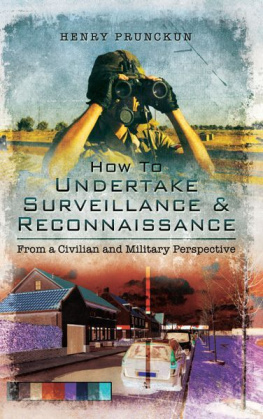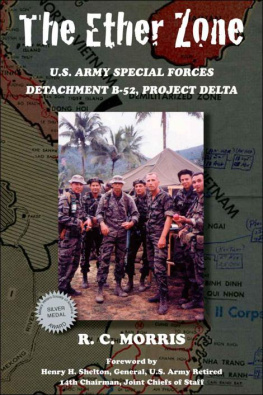

Additional material copyright 2013 by Skyhorse Publishing, Inc.
No claim is made to material contained in this work that is derived from government documents. Nevertheless, Skyhorse Publishing claims copyright in all additional content, including, but not limited to, compilation copyright and the copyright in and to any additional material, elements, design, images, or layout of whatever kind included herein.
All inquiries should be addressed to Skyhorse Publishing, 307 West 36th Street, 11th Floor, New York, NY 10018.
Skyhorse Publishing books may be purchased in bulk at special discounts for sales promotion, corporate gifts, fund-raising, or educational purposes. Special editions can also be created to specifications. For details, contact the Special Sales Department, Skyhorse Publishing, 307 West 36th Street, 11th Floor, New York, NY 10018 or .
Skyhorse and Skyhorse Publishing are registered trademarks of Skyhorse Publishing, Inc., a Delaware corporation.
Visit our website at www.skyhorsepublishing.com.
10 9 8 7 6 5 4 3 2 1
Library of Congress Cataloging-in-Publication Data [TK]
ISBN: 978-1-62636-099-0
eISBN: 978-1-62873-556-7
Printed in the United States of America
ContentsFM 34-2-1
Preface
This field manual provides tactics, techniques, and procedures (TTP) for reconnaissance and surveillance (R&S) planning, mission management, and reporting. It provides TTP for the development of intelligence to support counterreconnaissance (CR) operations. It describes employment considerations for R&S assets and defines the roles of the collection manager and maneuver brigade and battalion S2s in planning R&S operations. It describes their roles in identifying intelligence requirements to support CR operations.
This manual addresses TTP for planning and conducting R&S and developing intelligence to support CR operations at maneuver brigade and below. It can also apply to armored cavalry regiment (ACR) and separate brigades.
This manual is intended for maneuver commanders and their staffs (especially S2s), intelligence staffs and collection managers, and other personnel involved in planning and conducting R&S and developing intelligence to support CR operations. It is intended for use by both active and Reserve Components (RC) and U.S. Army Training and Doctrine Command (TRADOC) schools.
The doctrine in this publication conforms with and supports the principles contained in FM 34-1.
Unless this publication states otherwise, masculine nouns and pronouns do not refer exclusively to men.
The proponent of this publication is the United States Army Intelligence Center, Fort Huachuca, AZ. Send comments and recommendations on DA Form 2028 (Recommended Changes to Publications and Blank Forms) directly to Commander, U.S. Army Intelligence Center and School, ATTN: ATSI-TDL-D, Fort Huachuca, AZ 85613-7000.
CHAPTER 1
Introduction
Throughout history, military leaders have recognized the importance of R&S. Gaining and maintaining contact with the enemy is essential to win the battle. Our own military history contains many examples where our knowledge of the enemy, or lack of knowledge, directly led to victory or defeat.
The role of R&S has not changed on the modern battlefield; if anything, it has become even more important. Battles at the combat training centers prove that a good R&S effort is critical to successful attacks. On the other hand, a poor R&S effort almost guarantees defeat for the commander. Figure 1-1 shows attack outcome according to reconnaissance status (Blue Force [BLUFOR]). This chart was developed by the Rand Corporation in its October 1987 study, Applying the National Training Center Experience: Tactical Reconnaissance.

Figure 1-1. Attack outcome according to reconnaissance status (BLUFOR).
The message is clear: success on the battlefield begins with R&S and R&S begins with the intelligence officer. As the S2, you play a big role in the success or failure of your unit. But if being able to find the enemy is critical to the attack, what role does the S2 play in the defense?
Figure 1-2 shows the attack outcome according to reconnaissance status (Opposing Force [OPFOR]). This is another chart from the same Rand study. It clearly shows: if you blind the enemy, they will most likely fail in the attack. Therefore, a successful defense depends on finding, targeting, destroying, or suppressing enemy reconnaissance assets before they can report your units defensive positions.

Figure 1-2. Attack outcome according to reconnaissance status (OPFOR).
This implies an aggressive CR effort that seeks out enemy reconnaissance units rather than passively screening. It also implies the coordination and active participation among the S2, S3, fire support officer (FSO), and the intelligence and electronic warfare support element (IEWSE).
This manual describes the TTP you can use to develop and execute successful R&S plans. Field Manual 34-2 and FM 34-80 contain additional information on collection management and R&S.
This is a how to manual. It describes how to:
- Plan R&S operations.
- Task R&S assets.
- Graphically depict R&S operations.
- Execute R&S operations.
- Save time in the planning process.
- Plan for intelligence support to CR missions.
- Plan for division level assets, such as signals intelligence (SIGINT) collectors.
This manual will show you how to succeed in your reconnaissance and CR effort, giving you and your commander the best chance for victory in battle.
The intent is for you to use this manual in the field as a guide. This manual is also designed to show commanders and S3s the R&S planning process. This manual is arranged sequentially to reflect the order of the R&S and collection management processes. It will help you understand R&S a step at a time.
The better prepared you are as an S2, the better your R&S plan will be. Therefore, you should have a solid appreciation for intelligence preparation of the battlefield (IPB) and its contribution to developing an R&S plan. (See FM 34-130, Intelligence Preparation of the Battlefield, for a complete discussion of IPB.) You need to know what assets are available to you, as well as the capabilities and limitations of those assets. This supports planning and executing R&S operations.
Once you formulate your plan, you must know how to task appropriate assets. One way to disseminate the R&S plan or taskings is to develop an R&S overlay. FM 34-80, Appendix E, describes the preparation of the R&S overlay. As you execute the plan, you should know how to monitor the R&S effort and modify the plan accordingly. To reinforce the steps in the R&S process, this manual includes examples at brigade and battalion levels of how to plan, prepare, execute, and monitor the R&S effort.
Collection Management Process
To successfully plan and execute the R&S effort, you should understand the five phases of the collection management process, and the relationship of R&S to collection management. Regardless of the echelon, you will go through the following five steps or phases to develop a collection plan and, ultimately, an R&S plan:
Next page
